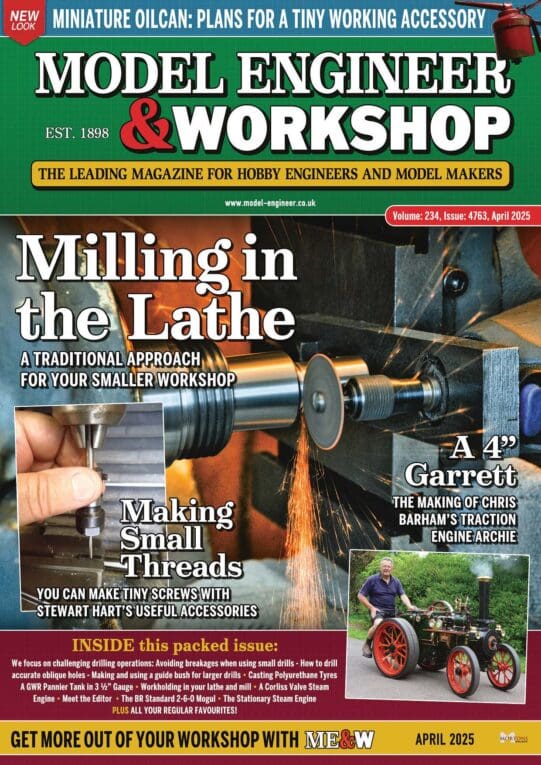Casting strangely shaped lumps of lead
Casting strangely shaped lumps of lead
- This topic has 16 replies, 7 voices, and was last updated 8 April 2012 at 16:05 by
Clive Hartland.
Viewing 17 posts - 1 through 17 (of 17 total)
Viewing 17 posts - 1 through 17 (of 17 total)
- Please log in to reply to this topic. Registering is free and easy using the links on the menu at the top of this page.
Latest Replies
Viewing 25 topics - 1 through 25 (of 25 total)
-
- Topic
- Voices
- Last Post
Viewing 25 topics - 1 through 25 (of 25 total)
Latest Issue
Newsletter Sign-up
Latest Replies
- Bambu Labs H2D
- Model Turbines
- Adhesive bonding lengths of fabric strapping
- First 3D metal Printed Part
- Half Scale 1/4HP A J Weed Engine
- RequiredOutside Diameter to Cut 5/16 BSF Thread
- Reader Survey
- NEW LOOK – Model Engineer & Workshop
- Further Adventures with the Sieg KX3 & KX1
- Readability / clarity in new combined magazine




